Escalation Control
Return to article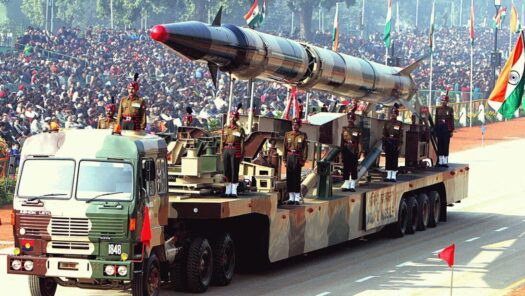
امریکہ چین تزویراتی مقابلہ اور جنوبی ایشیا میں ہتھیاروں کی دوڑ
حالیہ برسوں میں، واشنگٹن نے چین کو اپنے "سب سے بڑے تزویراتی حریف" کے طور پر بیان کیا ہے اور بیجنگ کے بڑھتے ہوئے اثر و رسوخ کا مقابلہ کرنے کے لیے زیادہ جارحانہ پالیسی اختیار کی ہے۔ اگرچہ داخلی…
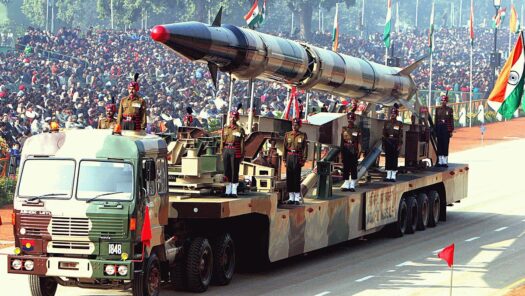
U.S.-China Strategic Competition and the Resulting Arms Race in South Asia
In recent years, Washington has described China as its “greatest strategic competitor” and adopted a more aggressive policy to counter Beijing’s growing influence. While U.S. domestic audiences have largely applauded Washington’s more assertive stance, escalating tensions between the United States…
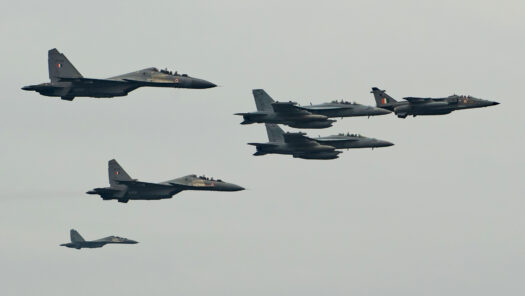
Three Years After Balakot: Reckoning with Two Claims of Victory
On February 14, 2019, a Central Reserve Police Force convoy was attacked by a vehicle-borne suicide bomber near Pulwama in Kashmir. The blast which killed 40 personnel was claimed by Jaish-e-Mohammed (JeM), a banned terror outfit from Pakistan. In response…
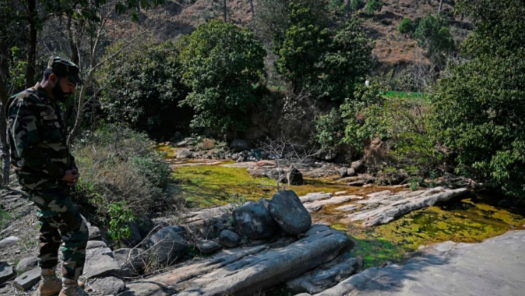
Nuclear South Asia: Three Years After the February 2019 Kashmir Crisis
In the months following the February 2019 crisis between India and Pakistan, reports emerged that India had deployed its naval assets—including the nuclear powered submarine the INS Chakra and the nuclear powered ballistic missile submarine (SSBN) the INS Arihant—during the…
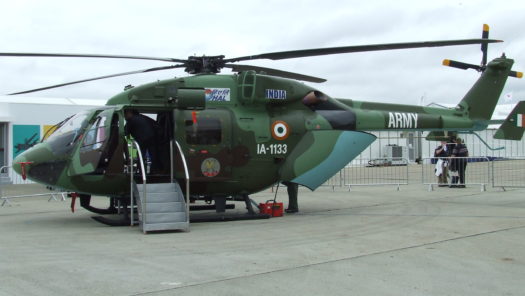
The Escalatory Risks of India’s Integrated Battle Groups
In recent years, changes in the Indian military have made escalatory risks and the nuclear factor loom larger in the event of any military confrontation. These changes are threefold: a shift to integrated battle groups (IBGs) from corps-sized formations, a…
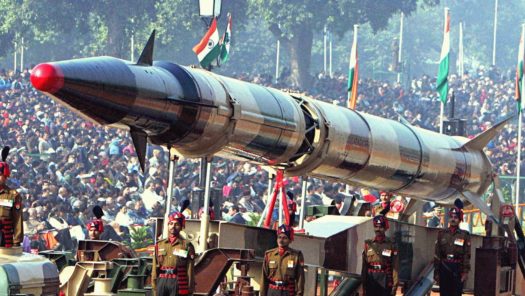
Does Eschewing Tactical Nuclear Weapons Continue to Make Strategic Sense for India?
In 2000, Brigadier Gurmeet Kanwal (retired) wrote engaging piece on the question of whether India needed tactical nuclear weapons (TNWs). The erudite soldier-scholar presented valid arguments for both sides of the argument, and in his characteristically nuanced style, made a convincing…